Let's take the example of this simple .svg :

For that shape I get this code :
<svg version="1.1" id="Layer_1" xmlns="http://www.w3.org/2000/svg" xmlns:xlink="http://www.w3.org/1999/xlink" x="0px" y="0px"
width="1000px" height="1000px" viewBox="0 0 1000 1000" enable-background="new 0 0 1000 1000" xml:space="preserve">
<path d="M1000,500c0,276.143-223.857,500-500,500c-276.143,0-57.729-467.521-313.389-571.889C-252.278,248.944,223.858,0,500,0
C776.143,0,1000,223.857,1000,500z"/>
</svg>
I there a way to get the value of the area deduced from the <path> info of the .svg ?
<path d="M1000,500c0,276.143-223.857,500-500,500c-276.143,0-57.729-467.521-313.389-571.889C-252.278,248.944,223.858,0,500,0
C776.143,0,1000,223.857,1000,500z"/>